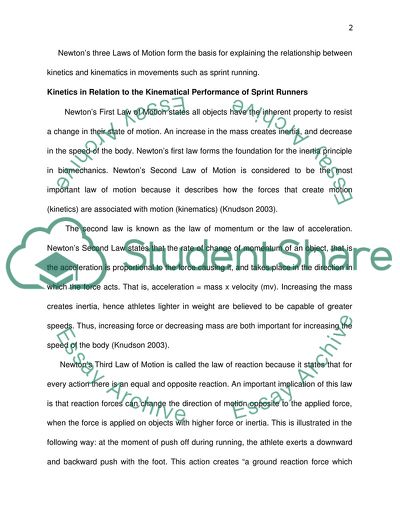Cite this document
(Kinematic Performance of an Olympic Event Research Paper, n.d.)
Kinematic Performance of an Olympic Event Research Paper. https://studentshare.org/sports-and-recreation/1733067-kinematical-perfomance-of-an-olympic-event
Kinematic Performance of an Olympic Event Research Paper. https://studentshare.org/sports-and-recreation/1733067-kinematical-perfomance-of-an-olympic-event
(Kinematic Performance of an Olympic Event Research Paper)
Kinematic Performance of an Olympic Event Research Paper. https://studentshare.org/sports-and-recreation/1733067-kinematical-perfomance-of-an-olympic-event.
Kinematic Performance of an Olympic Event Research Paper. https://studentshare.org/sports-and-recreation/1733067-kinematical-perfomance-of-an-olympic-event.
“Kinematic Performance of an Olympic Event Research Paper”. https://studentshare.org/sports-and-recreation/1733067-kinematical-perfomance-of-an-olympic-event.


